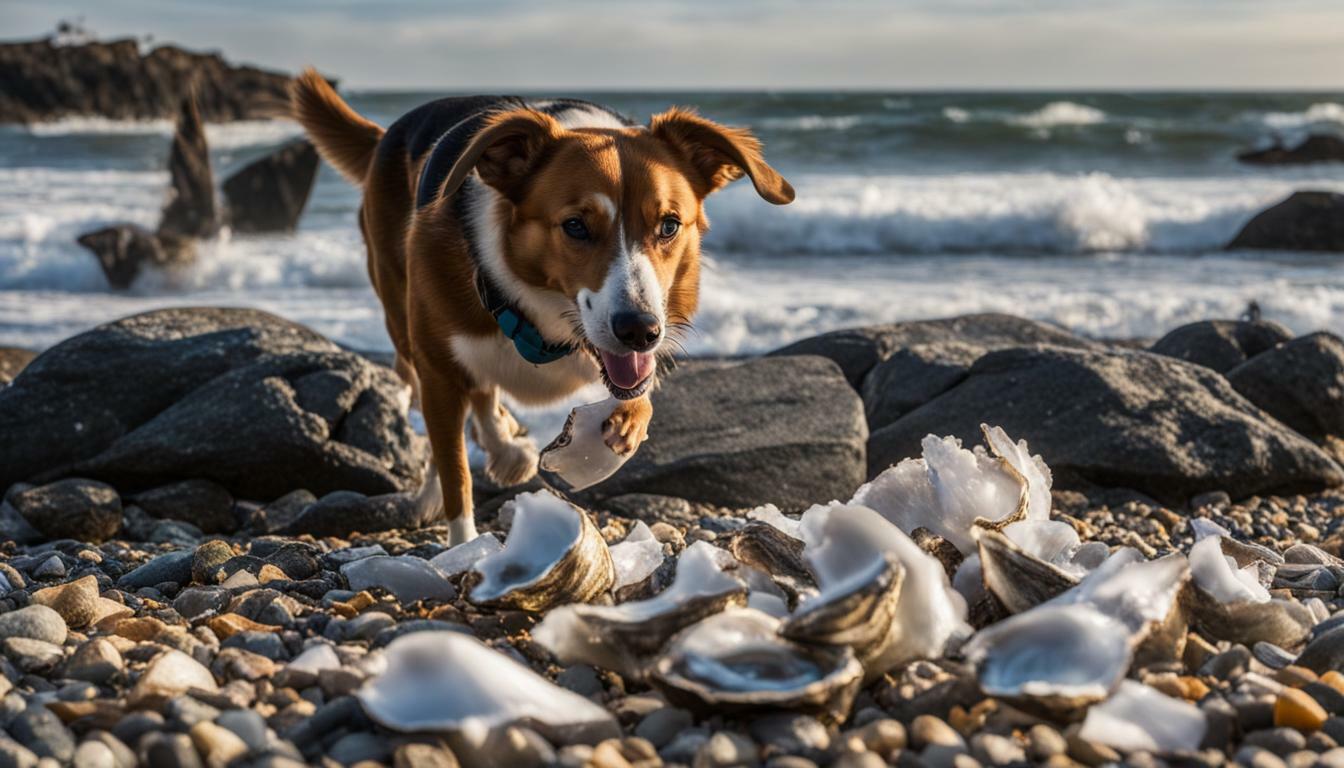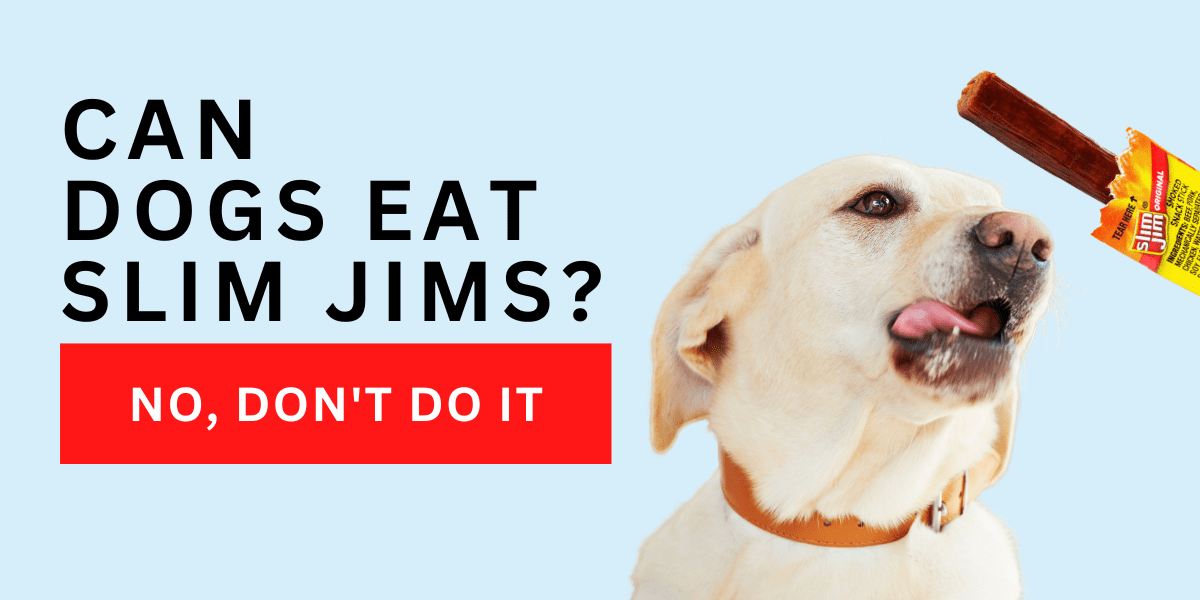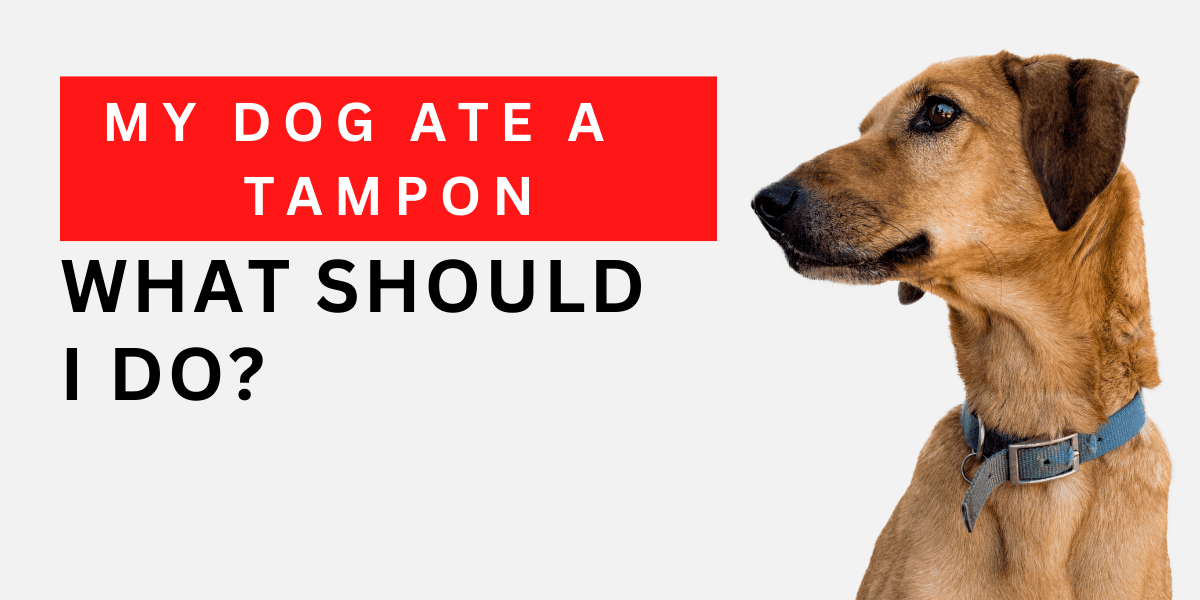As a pet parent, I’m always on the lookout for healthy treats that can add some variety to my furry friend’s diet. The question of “can dogs eat pistachios” is one that often pops up during snack time. It’s understandable; we love those little green nuts, and it’s tempting to share with our canine companions. However, the topic of pistachios for dogs is not without controversy. It’s crucial to discern, are pistachios safe for dogs?
Through my research and conversations with veterinarians, it’s become clear that while pistachios aren’t toxic to dogs, they aren’t the best snack choice for our pups either. The richness in fat can lead to unwanted health issues, and let’s not forget about those pesky additives like salt. It’s about walking the fine line between spoil and safeguard when it comes to what we feed our pets.
Can Dogs Eat Pistachios? Yes, they can, but it is not ideal.
- Moderation is crucial when considering pistachios for dogs.
- Pistachios’ high-fat content may lead to obesity and pancreatitis in dogs.
- Additives such as salt in pistachios pose additional health risks.
- Choking and aflatoxin contamination are potential threats from pistachios.
- Always consult with a vet before introducing new treats to your dog’s diet.
Understanding the Risks: Pistachios and Dogs Health
As a dog lover, it’s my duty to highlight not only the joys but also the concerns associated with feeding our canine companions. Pistachios, while not deadly, present several health concerns that should be taken seriously. I want to ensure your furry friend stays both happy and healthy.
The High Fat Content: A Double-Edged Sword
When I’m munching on pistachios, I often wonder if I can share them with my pup. However, I’m aware that the dangers of dogs eating pistachios largely stem from their high-fat content. While fats are a necessary part of a dog’s diet, too much of it can lead to health issues such as obesity or pancreatitis. The symptoms of these conditions aren’t just uncomfortable—they can be life-threatening, with severe outcomes like weight loss or a swollen abdomen.
Seasoning and Salt: Hidden Dangers in Treats
I’ve noticed that what makes pistachios particularly irresistible to us—the salt and seasonings—turn them into high-fat foods for dogs that pose hidden dangers. This excess sodium can lead to excessive thirst, urination, and even kidney damage. It’s a stark reminder that our favorite treats aren’t always safe for our pets.
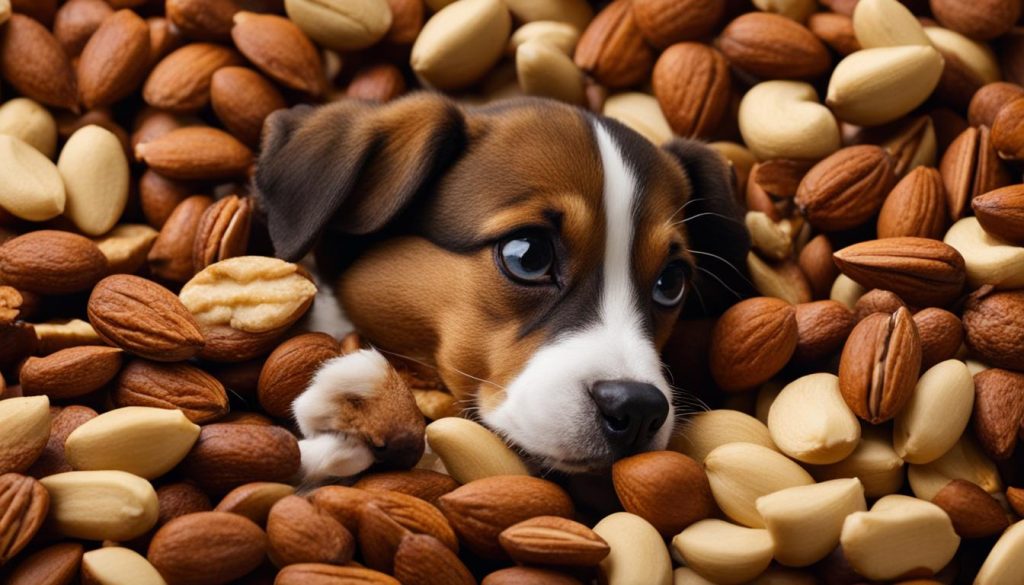
Choking Hazards: The Physical Threat of Nuts
In deciding which nuts are safe for dogs, it’s crucial to consider the physical risks as well. The hard shells of pistachios, and the nuts themselves, could cause choking hazards to our dogs. It’s a scary thought to imagine our dogs in distress due to a treat that was meant to be a delight. Therefore, being mindful of these physical threats is as important as monitoring their diet.
Are Pistachios Safe for Dogs? Debunking Myths
Often, as a dog owner, I find myself questioning which snacks can safely be shared with my furry friend. Among the popular queries is: can my dog have pistachios? To clarify, pistachios aren’t toxic to dogs, but that doesn’t mean they’re an ideal choice for your pooch’s snack time. A limited number of these nuts might not hurt, but it’s when dogs get hold of large quantities that trouble begins. Excess consumption can result in gastrointestinal discomfort, leading to symptoms like vomiting and diarrhea.
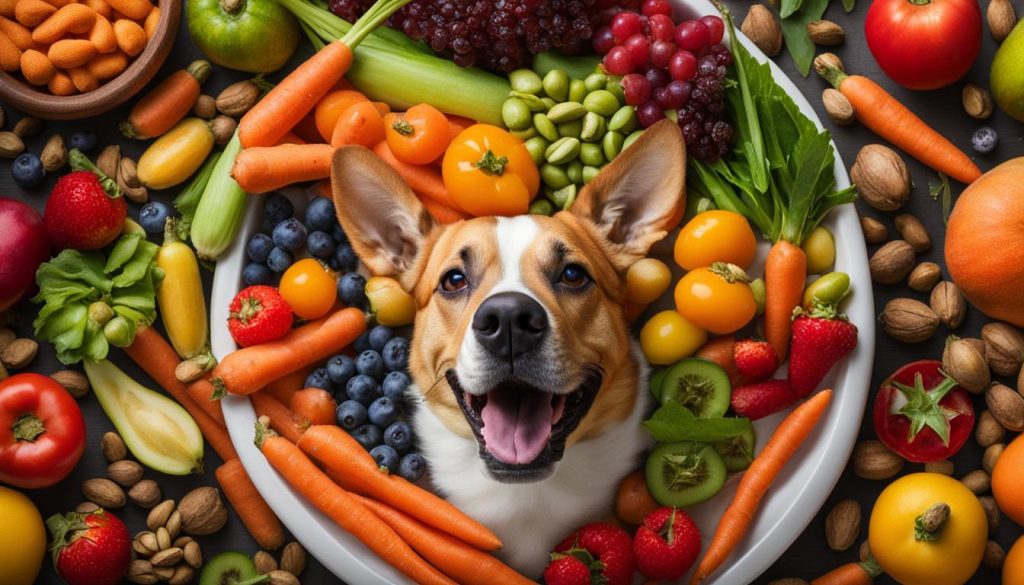
Pistachio nuts, specifically, can cause more than just an upset stomach. When given unsupervised, there’s a risk of pistachios leading to an internal blockage, a serious condition that any pet parent wants to avoid. Additionally, the hard shells are a choking hazard, and curious canines might not discern between the edible nut and its inedible case. As a responsible dog owner, I believe it’s essential to be aware of these risks and manage the situation by ensuring that healthy treats for dogs are always vet-approved and size-appropriate.
Rather than casually leaving pistachios within reach, I suggest taking a proactive approach and exploring alternative treats that are specifically catered to canines. This way, our dogs can enjoy a safe and satisfying treat experience, without the potential hazards posed by pistachios.
Can Dogs Eat Pistachios: The Nutritional Perspective
When you think about including pistachios in your dog’s diet, it’s essential to weigh the nutritional benefits against potential risks. I always recommend a cautious approach when considering new foods for your furry friend.
Valuable Nutrients in Pistachios
Let’s talk about what’s good first. Pistachios are packed with essential vitamins and minerals that can contribute to your dog’s health. They can potentially benefit your dog’s metabolism with vitamin B6, enhance cognitive functioning through thiamine, and aid in effective digestion with the help of manganese. Not forgetting the additional boost of nutrients such as calcium, which supports strong bones; iron, critical for healthy blood cells; and vitamin E, a powerful antioxidant.
Balancing Benefits and Drawbacks for Canine Health
However, optimizing the benefits of pistachios for dogs while minimizing the risks calls for a fine balance. It’s not a simple ‘yes’ or ‘no’ matter. While these nuts can be beneficial, their high fat and salt content prove problematic if not managed properly.
Choking hazards are also a reality, particularly if pistachios are not shelled. It’s my responsibility to emphasize that any introduction of pistachios into your dog’s diet should be done responsibly. Opt for unsalted, shelled pistachios and ensure they are given in controlled portions. This way you can enrich your dog’s diet with these nutritious nuts without compromising their well-being.
Can My Dog Have Pistachios? Responding to Accidental Ingestion
As a conscientious pet owner, I’m always alert to the implications of pistachios and dogs’ health. It’s no small matter when our furry friends help themselves to foods they shouldn’t, and understanding the dangers of dogs eating pistachios is essential. Not all nuts are safe, and pistachios can be particularly problematic. If you find that your pup has had an incidental snack of pistachios, it’s vital to know how to respond to accidental ingestion.
Signs of Aflatoxin Poisoning and Urgent Care
If my dog accidentally eats pistachios, I first look for signs that might indicate aflatoxin poisoning. Red flags like a sudden lack of appetite, vomiting, or yellowing of the eyes (jaundice) can point toward this serious condition. These symptoms are a clear signal to seek immediate veterinary care, as timely intervention can make all the difference.
Immediate Steps to Take After Your Dog Eats Pistachios
In the moments after discovering the ingestion, my role is to stay calm and take immediate steps to protect my dog’s wellbeing. I always make sure to remove any remaining pistachios to prevent further consumption. Then, I contacted my vet to explain the situation. Depending on the advice given, I may induce vomiting, monitor for symptoms, or rush to the clinic. If pancreatitis is a concern, the vet might recommend withholding food and transitioning to a low-fat diet. My priority is swift action to safeguard my pet’s health after such unexpected incidents.
Conclusion
Pistachios can occupy a small, supplementary spot in our dog’s diet. The key is moderation and an awareness of the risks. Just as I seek to balance my own diet, I consider healthy treats for dogs that can enhance their well-being. With the benefits of pistachios for dogs in mind, such as vital nutrients, offering a few of these nuts appears tempting. However, it’s my responsibility to ensure any pistachios given are properly shelled and devoid of salt.
Moreover, I cannot overemphasize the importance of consulting my veterinarian. Regular check-ins provide reassurance that my furry friend’s nutritional needs are being met without compromising their health. I understand that by avoiding large quantities and sticking to unsalted, shelled variants, I can minimize potential health risks. This care, in turn, allows my dog to enjoy the advantages pistachios can offer, without facing unnecessary harm.
Ultimately, remaining vigilant about what goes into my dog’s bowl is crucial—it’s a way to keep track of their health and to ensure they maintain optimal happiness. Introducing new foods like pistachios must be done with careful consideration, leaning on professional advice and prioritizing the safety and satisfaction of our loyal companions. By doing so, we cultivate not only the physical but also the emotional health of our dogs.
FAQ
Can dogs eat pistachios?
In moderation, dogs can have pistachios that are unsalted and shelled. However, due to their high-fat content and potential for containing harmful substances or additives, it’s important to give them sparingly and watch for any adverse reactions.
Are pistachios safe for dogs?
Pistachios are not inherently toxic to dogs, but they pose certain health risks such as obesity, pancreatitis due to high fat, and possible aflatoxin contamination. Salty pistachios are particularly dangerous due to the risk of sodium ion poisoning.
What are the dangers of dogs eating pistachios?
The primary dangers include obesity, pancreatitis, salt toxicity, and the risk of aflatoxin poisoning. Pistachios can also cause choking hazards and gastrointestinal blockages due to their size and hard shells.
Can my dog have pistachios as a treat?
While pistachios can be given as an occasional treat, it’s essential to ensure they are unsalted, unseasoned, and removed from their shells. It’s best to consider other healthier, vet-approved treats for your dog.
What are some healthy treats for dogs?
Healthy treats for dogs include sliced apples (without seeds), carrots, green beans, plain boiled chicken, and specially formulated dog treats. Always avoid giving foods that are toxic to dogs, such as chocolate, grapes, and onions.
What should I do if my dog eats pistachios?
If your dog eats a small number of unsalted, shelled pistachios, simply monitor for any signs of digestive upset. However, if your dog has consumed a large number of pistachios, particularly if they are salted or still in their shells, contact your veterinarian immediately.
What are the signs of aflatoxin poisoning from pistachios?
Aflatoxin poisoning can cause symptoms such as vomiting, lethargy, jaundice, appetite loss, and dark-colored urine. If you suspect aflatoxin poisoning, seek veterinary attention right away, as it can be life-threatening.
How can I balance the benefits and drawbacks of pistachios in my dog’s diet?
Balancing the benefits and drawbacks involves offering pistachios in very small, controlled amounts. Consult your vet before introducing pistachios or any new food into your dog’s diet. Choosing other nuts that are safer for dogs, such as plain, unsalted peanuts or almonds in moderation, might be a better option.
Are there any nuts safe for dogs to eat?
Some nuts are safer for dogs than others, like peanuts and almonds, but they should still be given in moderation and always unsalted and unseasoned. However, nuts such as macadamia nuts are toxic and should always be avoided. It’s best to consult with your vet to determine which nuts are safe for your specific dog.
What should I do if I suspect my dog has eaten pistachios with shells?
If you suspect that your dog has eaten pistachios with shells, watch for signs of gastrointestinal distress or blockage, including vomiting, decreased appetite, lethargy, or constipation. Contact your veterinarian for guidance and potential intervention.

